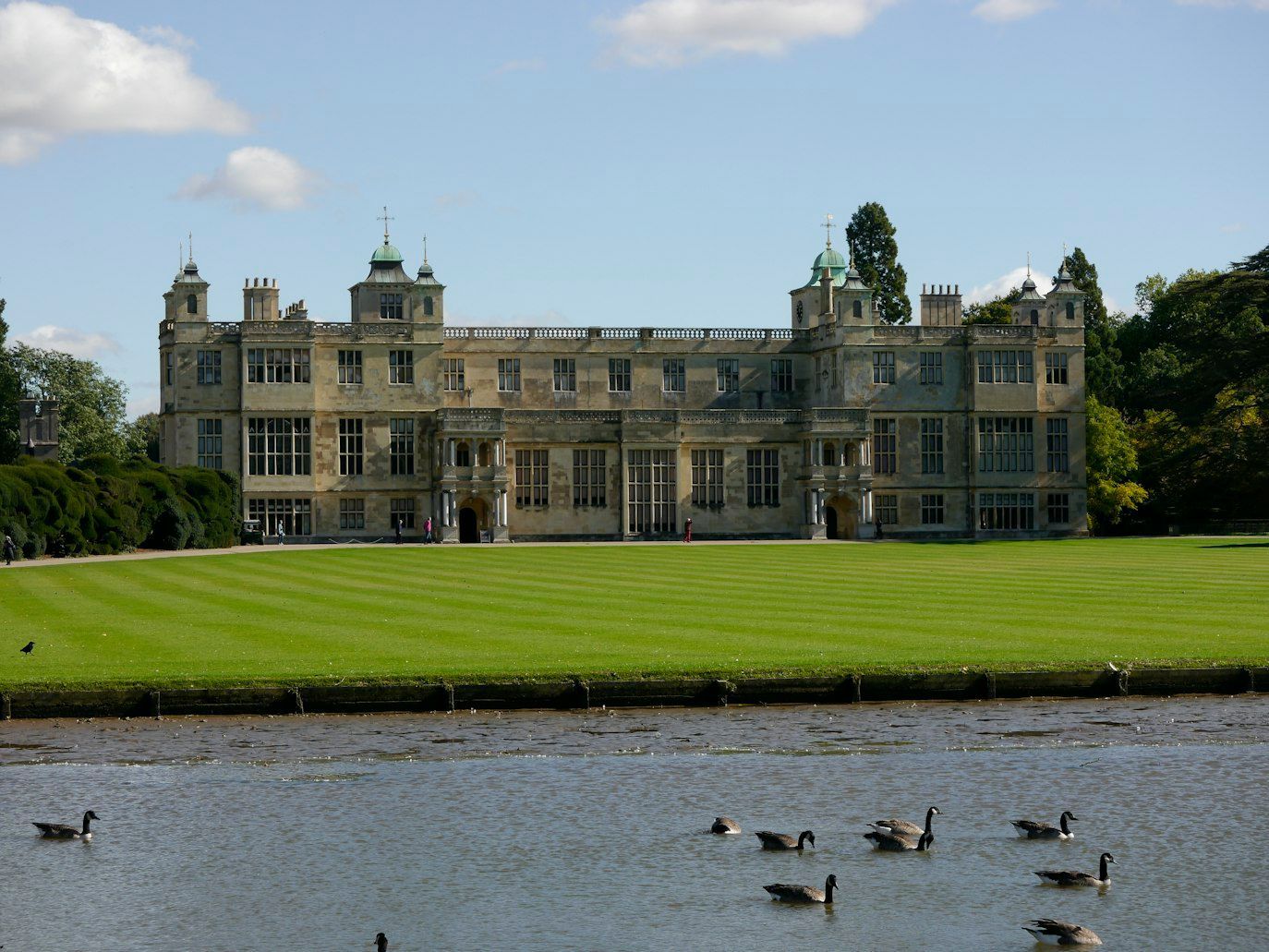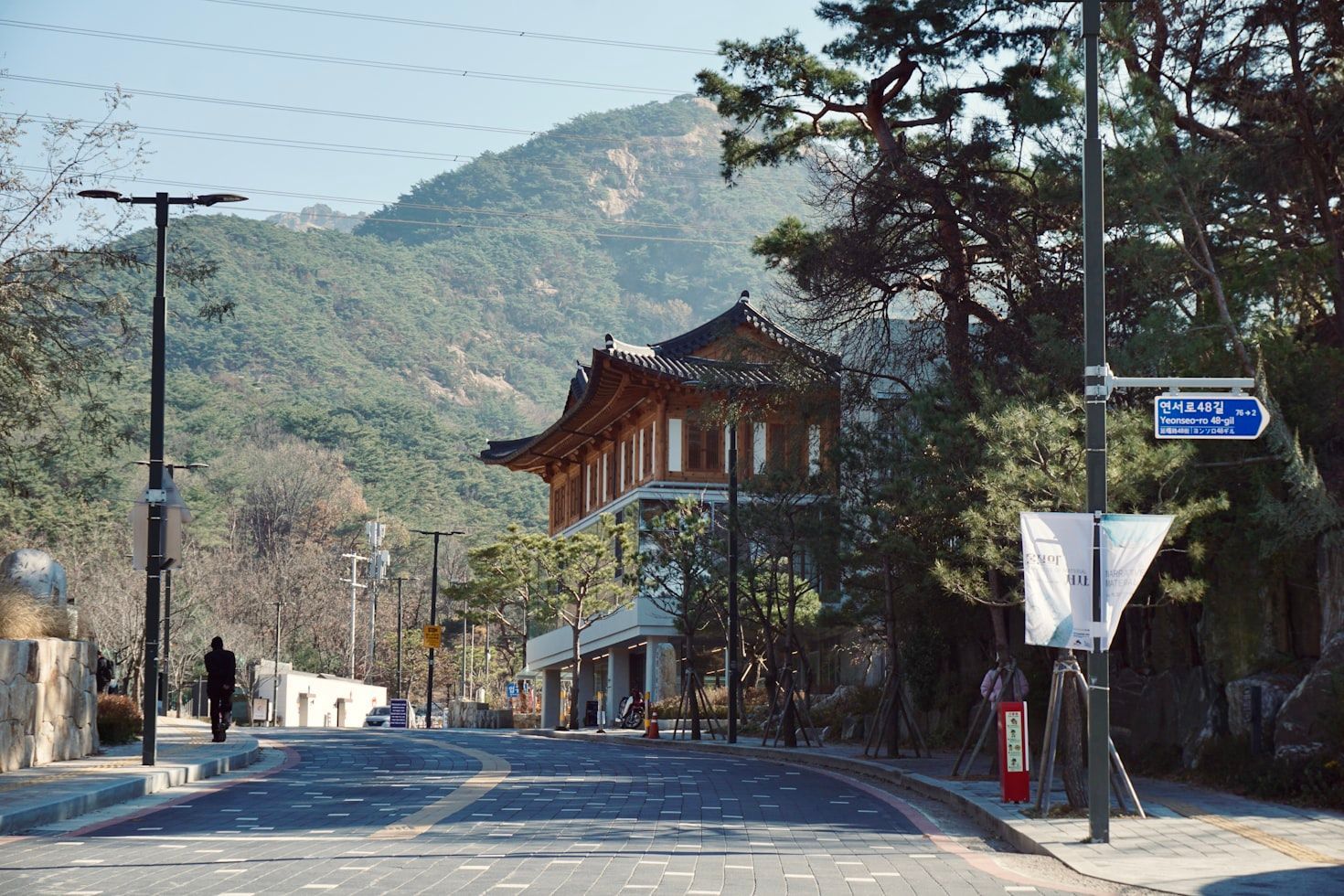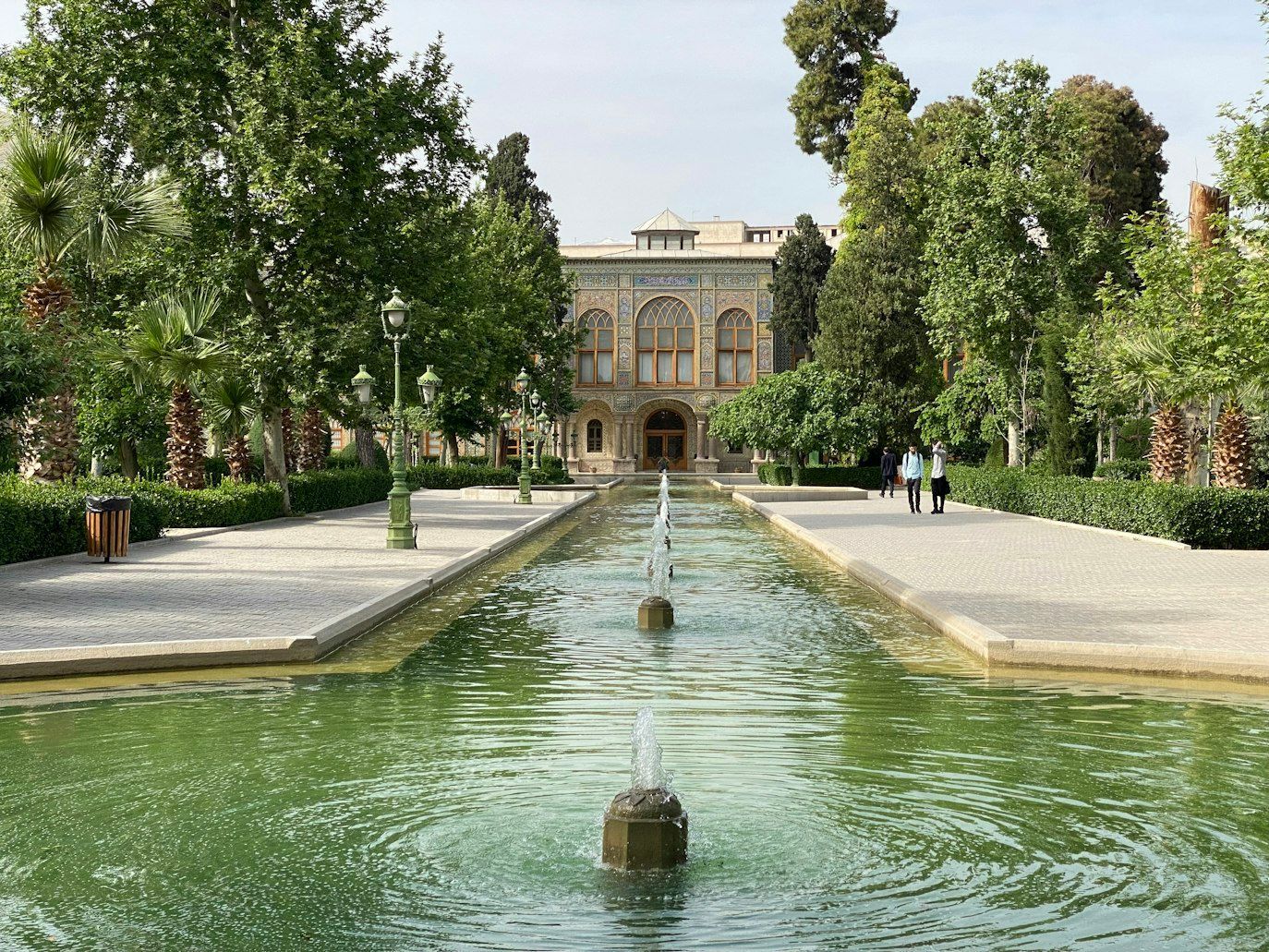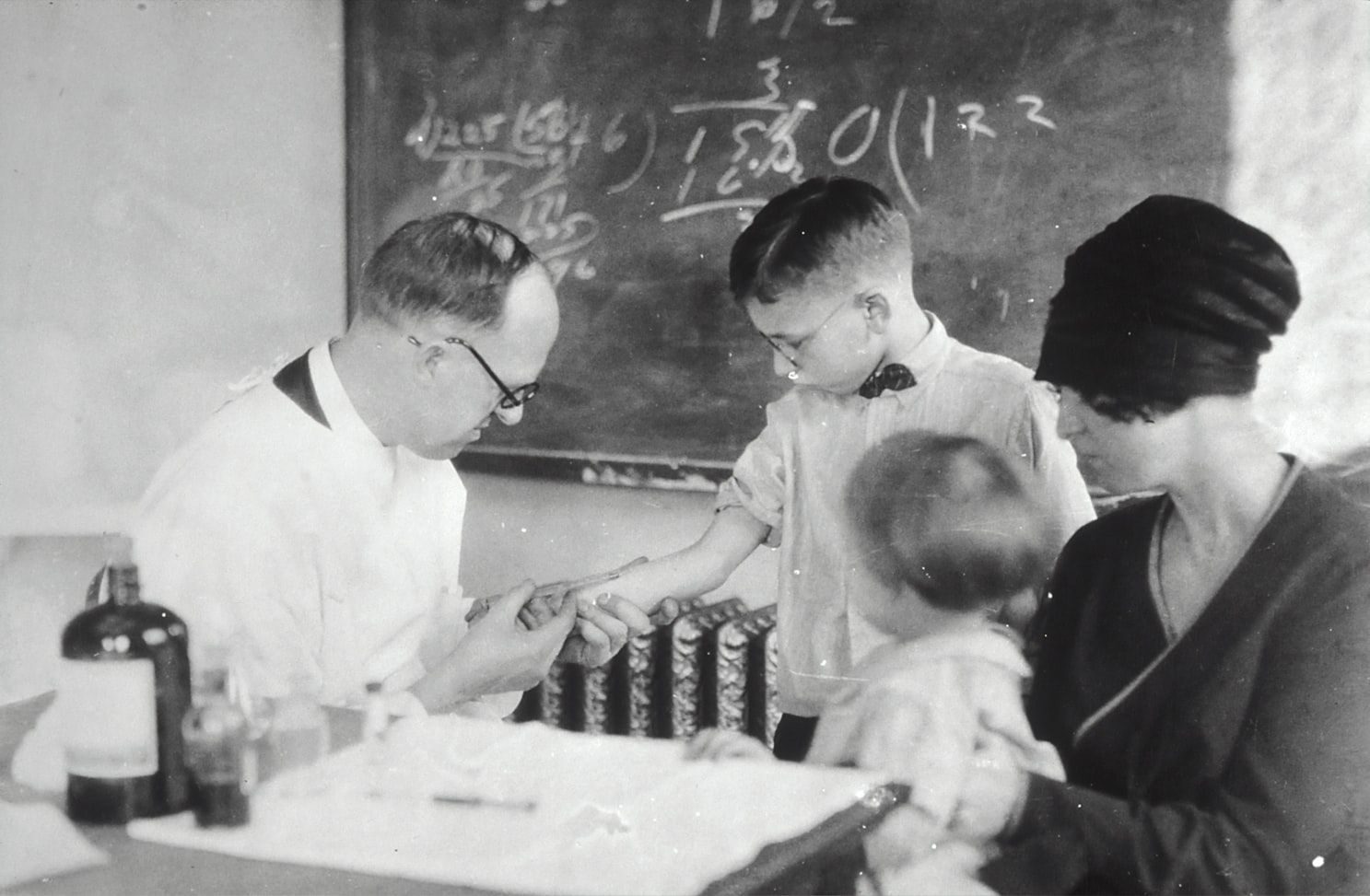A female perspective
9 novels written by women that you should read
Published on November 6, 2025
 Credit: Kimberly Farmer
Credit: Kimberly Farmer
Women have had a hard time writing throughout history due to societal constraints, expectations, and limited access to education. Yet, despite these obstacles, they have raised their voice to address social issues and share personal experiences. Let's explore 9 novels written by women that left their mark on literature.
Genji Monogatari, Murasaki Shikibu
 Credit: Tim D
Credit: Tim D
Genji Monogatari, or The Tale of Genji, is one of the first novels ever written, and one of the earliest pieces of literature written by a woman. Penned by noblewoman Murasaki Shikibu in the 11th century, The Tale of Genji tells the story of the Emperor’s son, his love affairs, and the problems he faces at court.
Written in the more accessible hiragana (Japanese phonetic script) instead of the prestigious kanji (Chinese ideograms), this literary work is considered canonical in Japan and is studied in high schools.
Uncle Tom’s Cabin, Harriet Beecher Stowe
 Credit: Mike Petrucci
Credit: Mike Petrucci
Published in 1852, Uncle Tom's Cabin; or, Life Among the Lowly was Beecher Stowe’s response to the Fugitive Slave Act, which required people in free states to return escaped slaves to their owners. The story follows two slaves: Tom, who is sold to pay his master’s debts, and Eliza, who runs away to avoid the sale of her son.
Though later criticized by its sentimentality and use of stereotypes, Uncle Tom’s Cabin had a profound impact on both abolitionists and defenders of slavery. According to popular lore, Abraham Lincoln called Beecher Stowe "the little lady who started this great war" upon meeting her.
The Tenant of Wildfell Hall, Anne Brontë
 Credit: Steve Payne
Credit: Steve Payne
When Anne Brontë published her second novel under the pseudonym Acton Bell, she encountered both success and outrage. The depiction of a woman mistreated by her alcoholic, gambling, and unfaithful husband shocked Victorian society, which did not like the representation of its hypocritical morals.
Anne Brontë’s early death meant that the book was not republished for a long time, as her sister Charlotte disliked its theme and realism, which she saw as inspired by the tragic life of their late brother Branwell.
To Kill a Mockingbird, Harper Lee
 Credit: Nathan Anderson
Credit: Nathan Anderson
Until 2015, To Kill a Mockingbird was Harper Lee’s only published book. Based on experiences she witnessed as a child in Alabama during the 1930s, the novel follows the trial of a Black man accused of assaulting a white woman, told from the perspective of a six-year-old girl.
An instant success, To Kill a Mockingbird is considered by many as one of the great American novels, while simultaneously appearing on the banned books list of many school districts.
Pachinko, Min Jin Lee
 Credit: Leonis Caeli
Credit: Leonis Caeli
During the Japanese occupation, many Koreans emigrated to Japan in search of work and faced discrimination and abuse. Pachinko follows the story of Sunja, a pregnant young woman who follows her husband to Japan, and explores how history shapes her life and the next generations of her family.
While touching on a painful subject for Korean people, Min Jin Lee also highlights the bravery of women stepping up to take care of their families in times of war and conflict.
The Rice Sprout Song, Eileen Chang
 Credit: David Gardiner
Credit: David Gardiner
Born in Shanghai as the daughter of a court official and raised between England, France, and Hong Kong, Eileen Chang became renowned for her wartime narratives. The Rice Sprout Song is her first novel written in English, later self-translated into Chinese, and it explores the consequences of agrarian reforms in the Chinese countryside.
Depicting famine, government control, and its effects on family life, Chang sought to give a voice to common people affected by the political decisions of a government.
Persepolis, Marjane Satrapi
 Credit: Manou Azadi
Credit: Manou Azadi
Originally published in French, this graphic novel follows the life of Marjane in Iran during the Islamic Revolution, the war, her move to Europe for studies, and the challenges of returning and reintegrating into Iranian society.
_Persepolis_’ publication was not without controversy: highly acclaimed by critics, it was banned in Iran due to its critical portrayal of the regime. In the U.S., it has also been banned from certain school districts due to the themes it discusses.
Half of a Yellow Sun, Chimamanda Ngozi Adichie
 Credit: Ovinuchi Ejiohuo
Credit: Ovinuchi Ejiohuo
Published in 2006, Half of a Yellow Sun depicts the Nigerian Civil War and its consequences through a love story, and touches on subjects such as social classes, ethnic conflicts, gender roles, and the aftermath of armed conflicts.
Half of a Yellow Sun received overwhelmingly positive reviews for its narration of such difficult themes, though some critics have noted the intense violence and graphic imagery in the story.
Wide Sargasso Sea, Jean Rhys
 Credit: Alex Kolundzija
Credit: Alex Kolundzija
This historical novel by British-Dominican novelist Jean Rhys became known for its reversal of a British classic, Charlotte Brontë’s Jane Eyre. Written from the perspective of the "madwoman in the attic," Rhys’s novel explores the power dynamics in the Caribbean and the treatment of women. Since its publication, it has been central to studies on colonialism and postcolonial literature.










